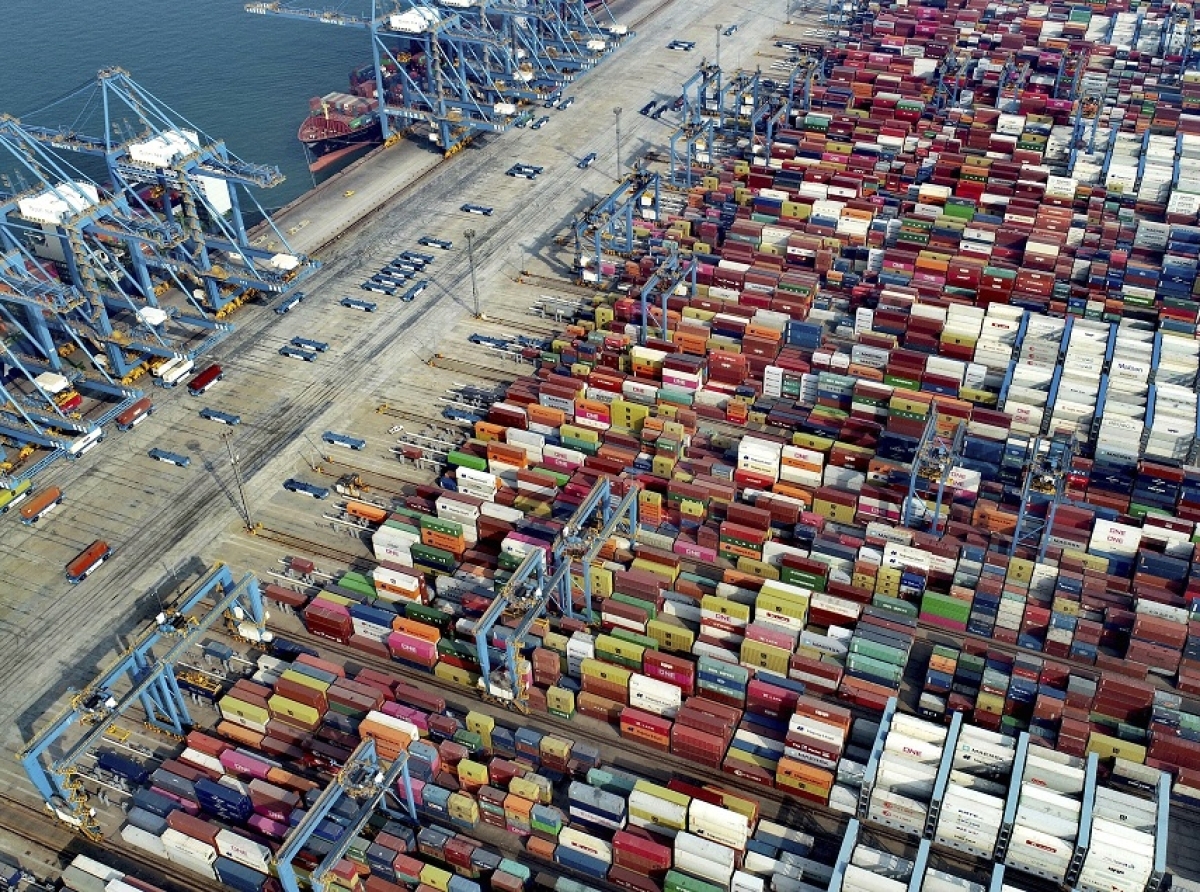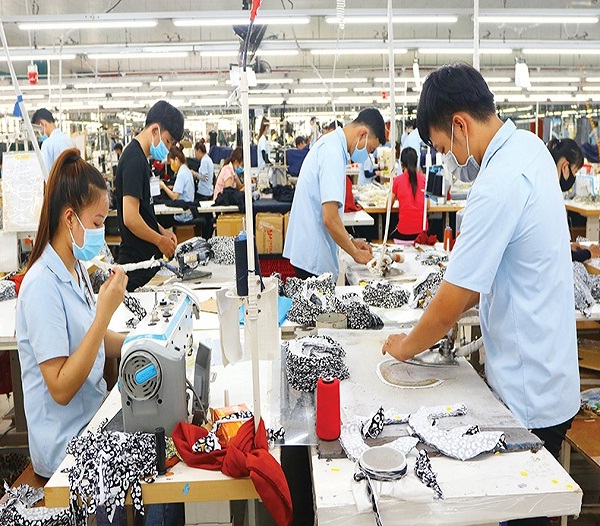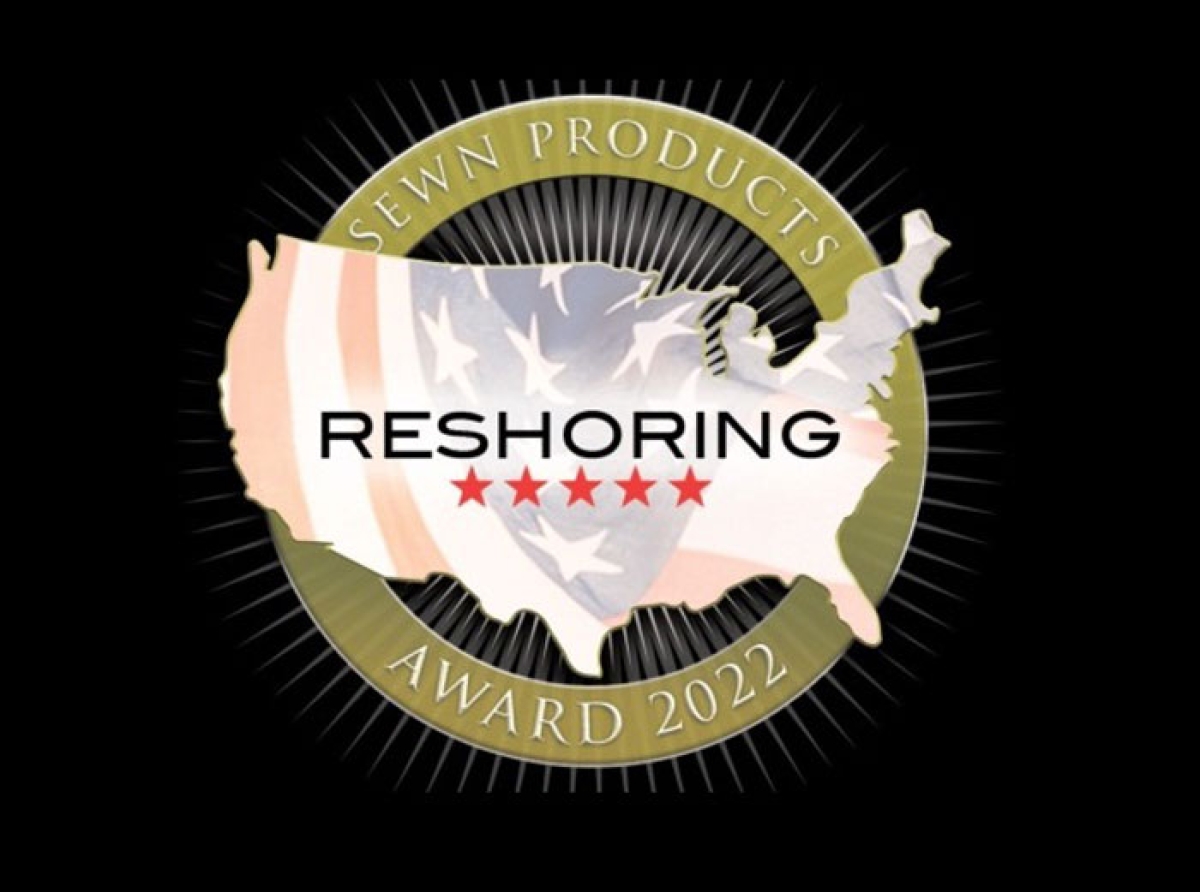22 July 2022, Mumbai:
USFIA Speaks Out in Favor of Removing 301 Tariffs on Apparel, Home Textiles, and Footwear.
Today the U.S. Fashion Industry Association joins other retail and fashion industry groups who are speaking out about the pernicious impact of the Section 301 tariffs on both the American fashion industry and American consumers.
Our message is clear -- Americans, not China, are the losers here. American businesses and consumers have paid more than $145 billion in extra tariffs that have not discouraged the behavior that triggered the original 301 investigation.
ALSO READ China loses 2nd biggest export market tag for "Indian Cotton Yarn"

Tariffs are a direct, regressive tax on the American consumer—it affects consumers at all income levels, from the single parent struggling to make ends meet as they purchase back-to-school necessities for their kids, to the consumer of high-end fashion manufacturing in the United States, and every American family in between.
However, the average low-income U.S. household spends a higher portion of its income on apparel and footwear than wealthier Americans, meaning that tariffs on apparel and footwear have hit struggling families more than anyone else. For example, the tariff on a cashmere sweater is 4%, while the tariff on a lower-cost acrylic sweater is 32%.

ALSO READ China Penalty Tariffs on Finished Textiles & Apparel
In USFIA’s statement, we highlight the fact that these tariffs have negatively impacted the American jobs created by American brands and retailers. Trade supports high-quality, high-paying jobs, but these tariffs have discouraged America’s most innovative and iconic brands from hiring due to the increased sourcing and production costs.
These tariffs have also not encouraged a large-scale shift out of China as companies diversify their sourcing base. China is the leading textile supplier of fabrics and accessories in the world and there are currently no realistic options for sourcing destinations that can viably replace China entirely.
RELEVANT NEWS Anti-China Sentiments: Indian Textile Sector Is In A Sweat-spot
We also rebut the claims that removing these tariffs will hurt U.S. workers and do nothing to fight inflation. This is the predictable response of protectionists and ignores the reality of the situation.
Rather, we agree with U.S. Treasury Secretary Janet Yellen that tariffs increase domestic prices and raise costs to consumers and businesses due to higher cost inputs and that lowering U.S. and Chinese tariffs could help ease inflation.

RELEVANT NEWS How Real Is the Shift Of Apparel Orders From China To Vietnam
Secretary’s Yellen’s observations are supported by the U.S. Congressional Budget Office, which estimated that the tariffs would cost the average American household nearly $1,300 in 2020 alone, and by a recent study from the Peterson Institute for International Economics, which found that cutting the Section 301 tariffs would directly correspond to a reduction in the consumer price index.

RELEVANT NEWS Covid Induced Supply Chain Constraints Of China And Its Impact On the Textile Sector
According to the 2022 USFIA Benchmarking Survey, which was released earlier this week, increasing production or sourcing costs are the #1 business challenge facing the U.S. fashion industry in 2022. Removing these tariffs would help both American consumers and businesses at a time of extreme inflation.
_large.jpeg)
RELEVANT NEWS (China + 1) Strategy: Driving Global T&A Supply Chains
These tariffs have done nothing to solve China’s Intellectual Property (IP) policies and practices.
From the experience of USFIA member companies (who source and sell products around the world, including and especially in China) the best way to address these concerns is action at the multilateral level that includes other global trading partners – and USFIA’s member companies are no stranger to IP violations.
Let’s find a solution that does not use American companies and American families as hostages to outmoded protectionist ideas.
Join our community on Linkedin

























